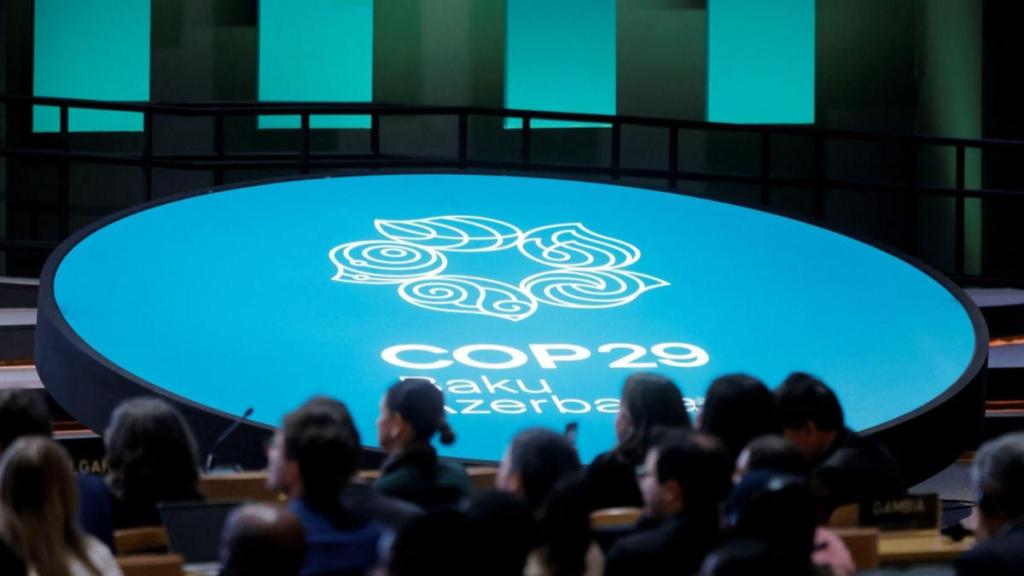By Anumita Roychowdhury
A lot has been written already about how the recently concluded 29th Conference of Parties (COP 29) of the United Nations Framework Convention on Climate Change (UNFCCC), has failed to deliver an effective outcome on climate finance, thus missing the opportunity to put the world on its track to meet the climate goal of limiting global warming.
After a fortnight of protracted and highly contentious negotiations by nearly 200 countries, the rich countries have diluted their obligation and responsibility by offering only a quarter of the ask from the developing countries to meet the cost of transition – a mere USD 300 billion a year until 2035 against the ask of USD 1.3 trillion.
This finance fiasco has also led to a near collapse of other parallel negotiations especially on the Mitigation Work Programme (MWP) that was initiated in COP 26 in Glasgow to get the governments to agree on sectoral mitigation pathways including urban emissions and raise the level of global ambition. Also the discussion on the new features for Nationally Determined Contribution (NDC) that most countries will be completing in 2025 to decide their domestic action, lost steam.
Without a meaningful finance deal on the table, the Global South resisted the mounting pressure from the Global North to raise the level of mitigation ambition. They retaliated hard to stave off top down and prescriptive mandate, reiterating the need for nationally determined action that needs to be effectively enabled while respecting equity, principle of common but differentiated responsibilities and different national circumstances.
This backlash from the Global South was inevitable. The year-long Global Dialogues between countries that preceded the COP 29 to establish a global work programme for mitigation for negotiation in COP 29, had already indicated the quantum of funding needs. This requires doubling of bilateral finance, tripling of multilateral development bank finance, and quadrupling private sector investments while more estimates are to follow on the magnitude of the quantum of support needed later.
This concern did not get adequately reflected in the COP 29 negotiations on the mitigation work programme or the climate finance deliberations, while aiming to align country positions on mitigation. This has serious implications for the sectoral pathways to accelerate global action.
Spotlight on global urban emissions
In this tumultuous negotiation process, what escaped the global attention is that for the first time a significant part of the Global Dialogue on mitigation work programme has focused explicitly on a wide spectrum of strategies related to urban energy and urban systems including urban-transportation, buildings, spatial planning, electrification, net zero resources and carbon storage through green and blue infrastructure in cities.
This is a significant step forward in view of the fact that urban emissions contribute as much as 70 per cent of the global greenhouse gas (GHG) emissions. The 1.5°C goal of the Paris Agreement cannot be met if the urban emissions are not on the table. In fact, the Intergovernmental Panel on Climate Change (IPCC) is preparing a special report on cities which is scheduled to be out in 2026.
The Global Dialogue on mitigation has highlighted that the urban infrastructures can make a difference of up to a factor of 10 in energy use and induced GHG emissions. Overall, urban planning could result in a 25 per cent reduction in emissions by 2050 compared to a business-as-usual scenario.
India along with other developing countries need to pay more careful attention to this unfolding discussion on the urban agenda because urban solutions are more complex and local in nature that require a different global financing framework. Bottom up framing of the mitigation strategies for more contextualised solutions across urban landscapes of the South and North pose a challenge that needs to be informed well.
While the Global North that is fully urbanised needs deep decarbonisation, the developing and emerging economies of the Global South with emerging urban infrastructure has to focus a lot more on emissions avoidance.
Even as the global climate finance architecture is getting sorted, the global community has to focus on creating appropriate criteria for funding of the urban projects to promote compact urban forms, sustainable transport solutions, thermally comfortable buildings, clean and renewable urban energy systems, and urban ecology management to integrate urban green and water resources.
This is essential to prevent lock-in of carbon in the urban infrastructure in the Global South. The urban agenda has to get stronger through a multilateral negotiation process to draw adequate, appropriate and affordable funding support for sustainable, fair and just urban transformation.
About the author: The Author is Executive Director, Research and Advocacy, Centre for Science and Environment
Disclaimer: Views expressed are personal and do not reflect the official position or policy of Financial Express Online. Reproducing this content without permission is prohibited.



















